IT in modern architectural and interior lighting: different engineering buns

Hello! The post will be about what IT is allowed to do with the lighting, but I'll start with a bike.
One day, a foreign hotel owner ordered a new conference room with ambient light. And there is such a breed of customers (you probably know these), who simply hate the cable with all their hearts and need to hide everything that is possible at all. The owner treated just such people. The hotel conditions were suitable, just finished the “box” of the hall, not even plastered yet.
')
The bottom line is that if you put the parameters of the room in the calculations, and then aptly apply higher mathematics and a pack of lenses, then you can get light sources that are not visible at all. Ordinary ceiling tiles (10–15 pieces on the ceiling are among ordinary ones), but they give uniform light.
Two days before delivery, the hotel owner walked into an almost finished conference room, looked around and turned purple:
- What the hell there is no lighting? The day after tomorrow to open up! Guests will come ...
The installers listened in silence and hid a smile in their sleeves. The administrator crucified, began to shout, turned purple even more ... and then someone gently put his arm around his shoulder and asked:
- And you do not notice that the windows are closed and the hall is lit?
Scattered light
This effect is achieved due to the following devices:
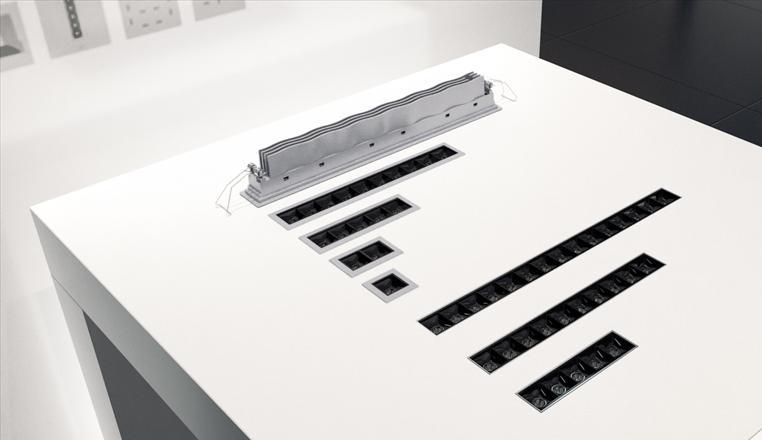
But the photo of the object (how it looks in practice):
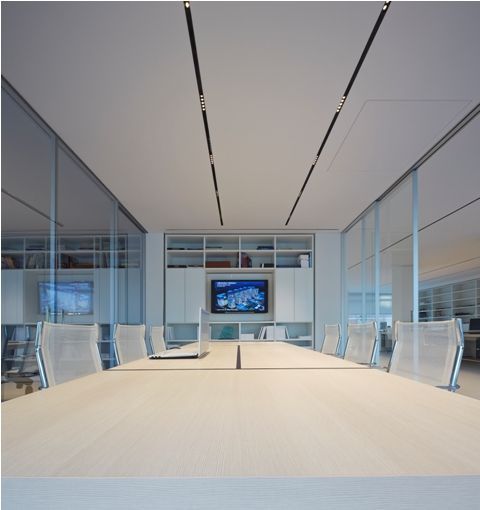
And these are lamps that give a clear light geometry:
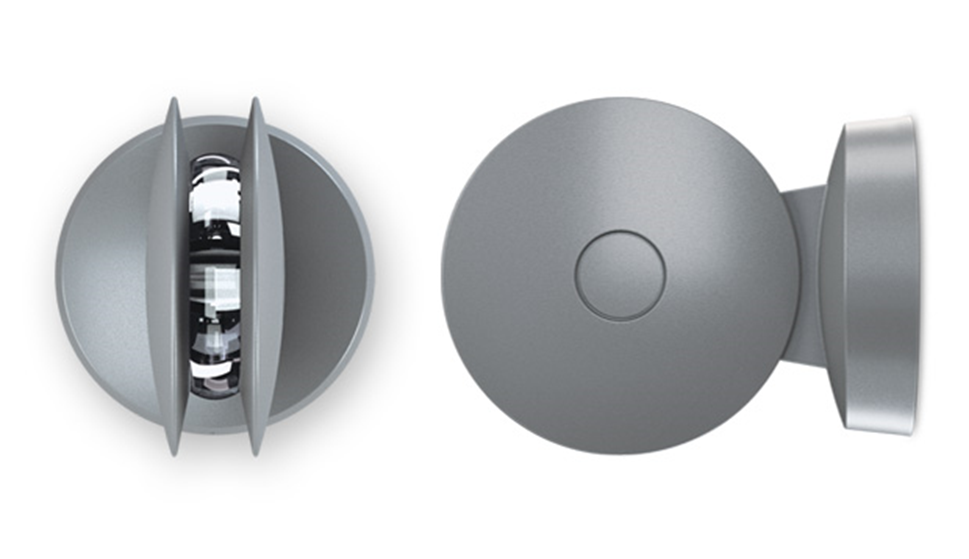

They are, but on the already finished object:
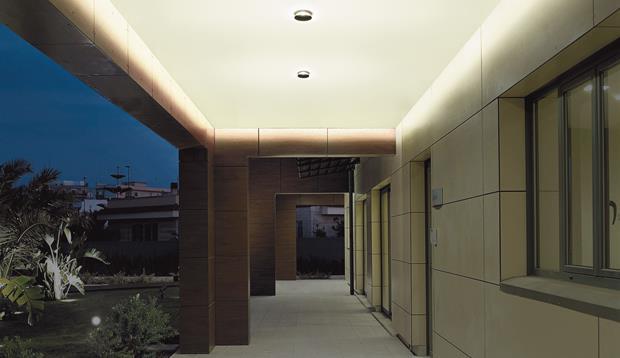
Actually, now let's go through what is interesting in the field of lighting.
Do not save on lighting
The first trend is rather strange. Most of the "high-tech" or highly automated devices, alas, belong to the entertainment or luxury segment. That is, in 99% of cases, it passes under the item of expenditure “for show off”. That is why even now they almost do not save on such lighting - yet this is the last thing that is cut in hotels, restaurants and clubs. The second trend is already in the IT part. Almost all systems of engineers are now moving towards universal communion in ecstasy. As in physics, the whole movement goes in the direction of the theory of EVERYTHING, so the integration of intelligent building devices is moving towards this.
Here is an example: classic light plus robotic mechanics plus 3D mapping technology are kinetic chandeliers. In fact, these are balls that change color. They were almost like these in the forties, but now each of these sources has its own control channels, RGBW gradations (W is white) and its own engines. Plus a controller that controls their ensemble. Now, a 20x20 or even 40x40 matrix is made of these balls - and you can even let the video go. In Chinese theaters, they do. And here is an example more interesting:
Something like the old hardcore demo scene.
And here is an example of using quite simple fixtures in combination with simple mechanics in Berlin: they built a row of glowing balloons, and then the residents of the city released them into the air:
The next trend is to connect cameras to recognize the situation. For example, the same kinetic chandeliers can already be integrated with smartphones and pick up a schedule from there: a “rest”, “work” mode appears, when an outsider smartphone appears in the bedroom, the “romance” mode is activated, and with an increase in the number of phones at home - the “party” mode . On the street - the recognition of the video or work on the sensors. For example, there are tulip lamps that open up and start to burn only if a person walks closer than 12 meters. They are placed on the boulevards of major cities or on the garden paths to the villas - it looks very interesting.
It is also very important for economy in usual city lighting. A dimmable light is placed, and if the street is deserted, the lights change brightness depending on the presence of a person and a car: for example, usually 30 percent of the nominal, and so the loop starts to turn on depending on the speed of the object. Management - the controller on the street and motion sensors. Or the p2p network of controllers on each of the lamps.
The third direction is to fit into the urban environment. Each lamp is a power source, an access point to the basic infrastructure of the city, so it can perform many tasks at once. Here is the concept of the project that you have already seen before kata:

This implies that this thing moves like a tree, can work as an alarm siren, play light music or make noise like a tree. Distributes Wi-Fi, monitors you with a camera, lights up everything around, charges phones and electric vehicles, bikes and scooters can be attached to it (if necessary), it has an SOS button, video terminals. What is missing is the machine-gun nest, but I believe that it will also come to this technique.
In reality, everything is somewhat more modest. This is how the first steps look like (a lamp inserted into the architecture, on which a couple of cameras are left to hang):


If a bush starts talking to you in Amsterdam, don't be afraid. This is normal for the city, there are already installations of such devices.
Geometric light, which was spoken at the very beginning
The same calculations and lenses allow you to get resistant rays without scattering, dense flows, uniform planes and much more. Here are examples frequently used in architecture:

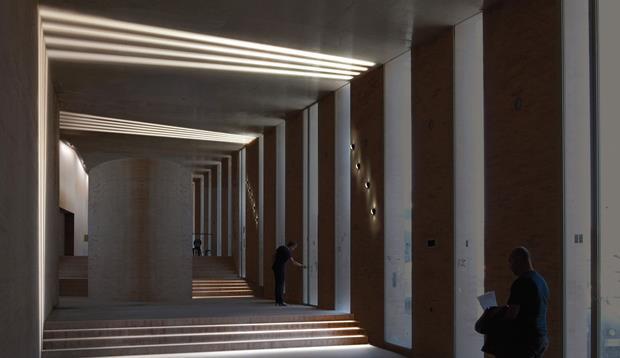
Here are our familiar devices of uniform light:
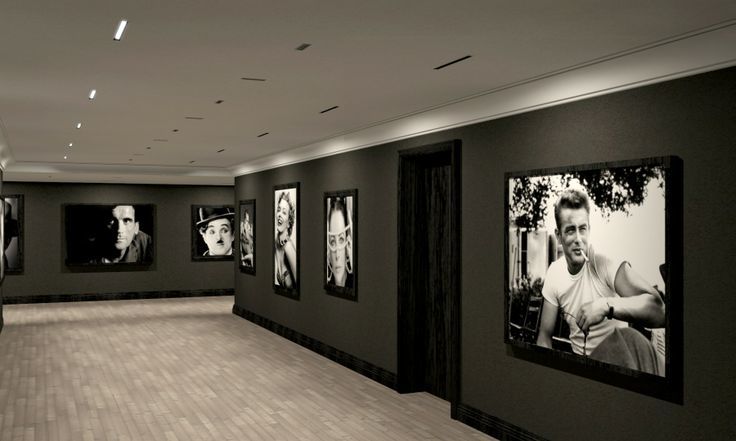
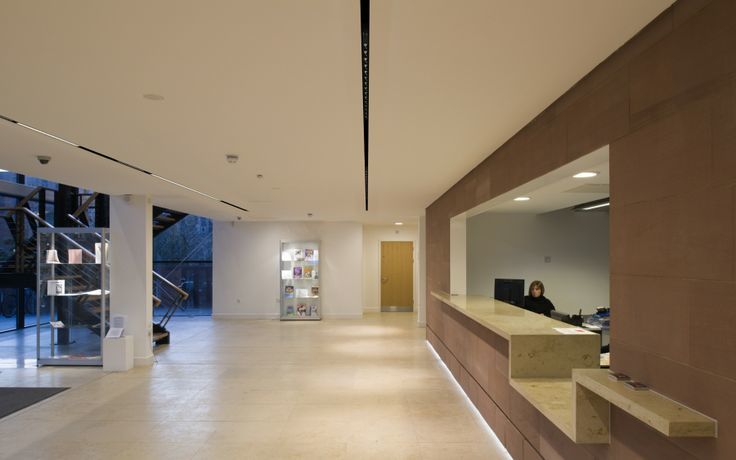

By the way, green technologies are also reigning in architecture now, lighting is switched on there smoothly, as the sun goes down - this is at least 10% energy savings due to the correct operation of the controller.
Another interesting thing is gender recognition for the calculation of scenarios (it already exists and easily integrates with many advertising pieces to get into the audience). It works on the same principle as the recognition of a policeman:
Impatient - see from 0:33
The technology of pasting with a polarization film (polarized under the influence of an electrical pulse) is gradually developing.
A parallel branch is a light-stopping film with which glass is pasted over so that the projections “hang in the air”. On the basis of the same pieces make transparent walls in the negotiations, which become opaque at the touch of a button. Management is also happy. For example, I at Four Seasons did a project without any switches at all. The system itself understands everything, the guests only get scared. By the way, we solved the problem of a “mountain eagle on a cliff”, that is, a person who is frozen in the toilet, with heat sensors, and not ordinary volumetric ones. Or there is Hyatt, where 3500 controlled lights. In addition to jokes, there is especially convenient self-diagnosis of lamps and individual control. If the lamp is not lit, the system reports this. Go, change.
Many things are getting cheaper. For example, now there is a series of products for hotel rooms from a vendor who has never touched anything less than five stars in his life. Its light control systems may well compete with similar solutions from cheap manufacturers when used in hotels of 35-50 rooms. In the usual three-star hotels you can take a luxury brand without spending extra money.
And finally - our developers are also pleasantly pleased. For example, there is one of the production bases in Orel, which is headed by our guy. Serious character. They are there with the staff doing smart Russian-made electronics. Their first hand-made article is a box with a bunch of systems, an assistant director's remote control: belt sensors, sensors, electrical circuit control units ... - well, that's it. Now analogs are being transported from the West for cosmic money. And these just produce much more technological things at a significantly lower price. They also have interesting power cabinets that are directly connected to the control circuits. At the same time, the cost is the same as that of the “domestic” electrical panel of the same class. And you can see through the Internet what is on there, find out the consumption or turn the circuit on and off. On the basis of one such piece of iron, a budget smart home is born.
References:
- The latest exhibition of ISE about LEDs and screens
- Engineering buns for offices
- My email: NA@croc.ru
Source: https://habr.com/ru/post/283192/
All Articles